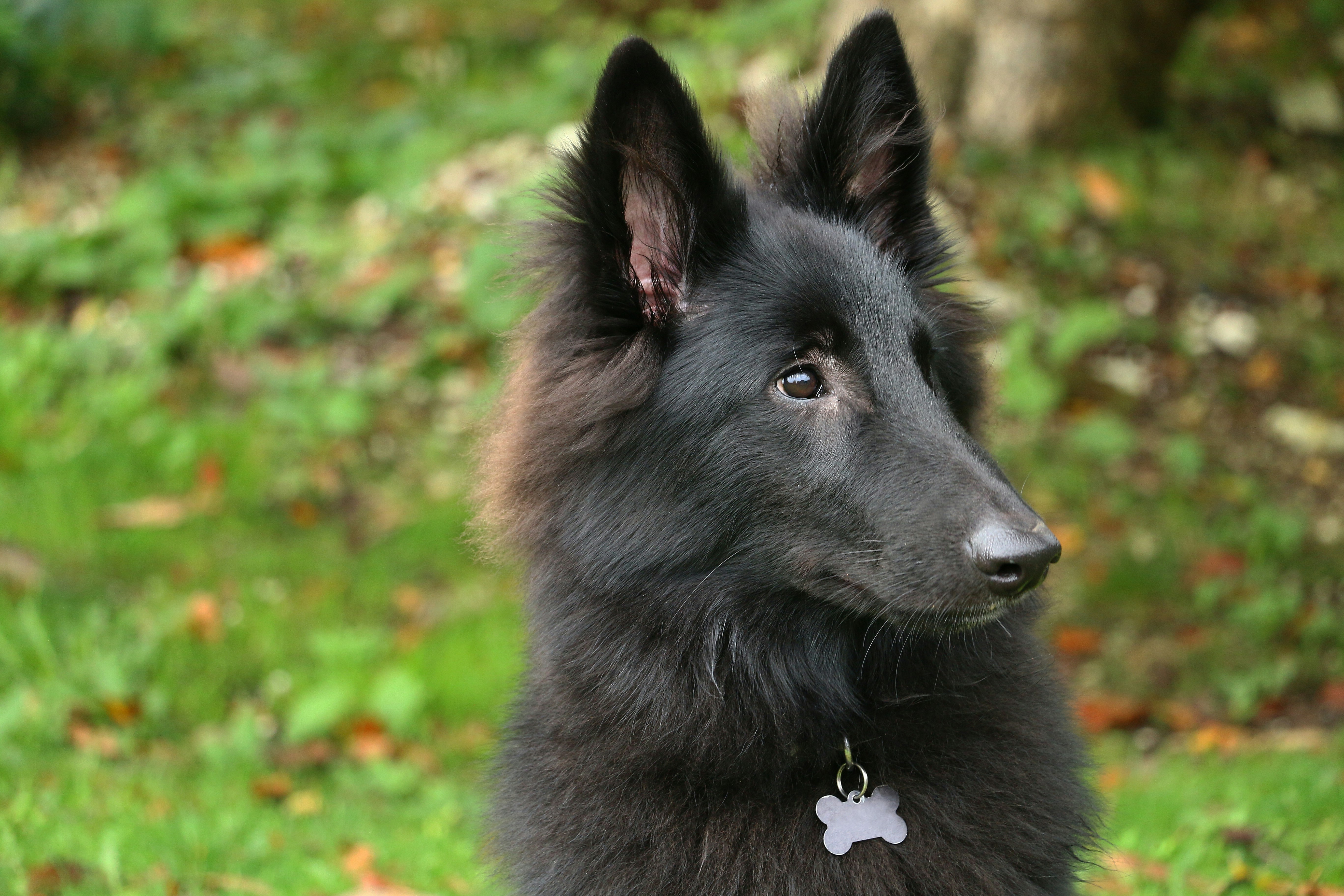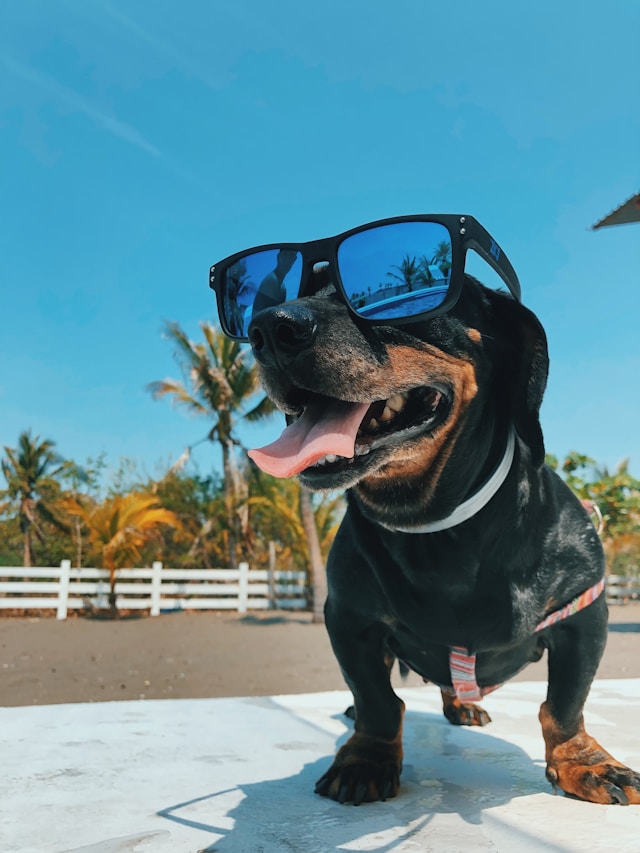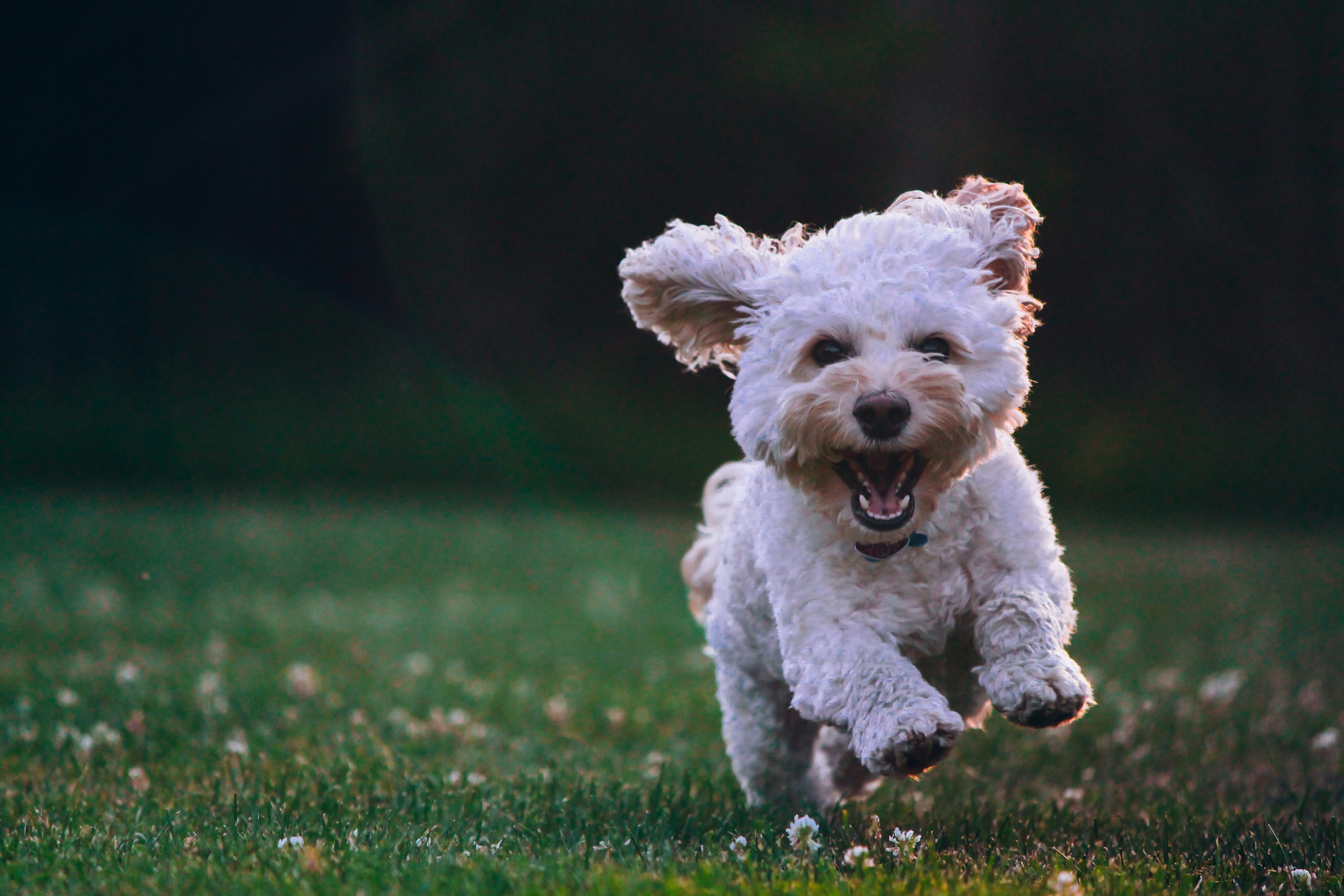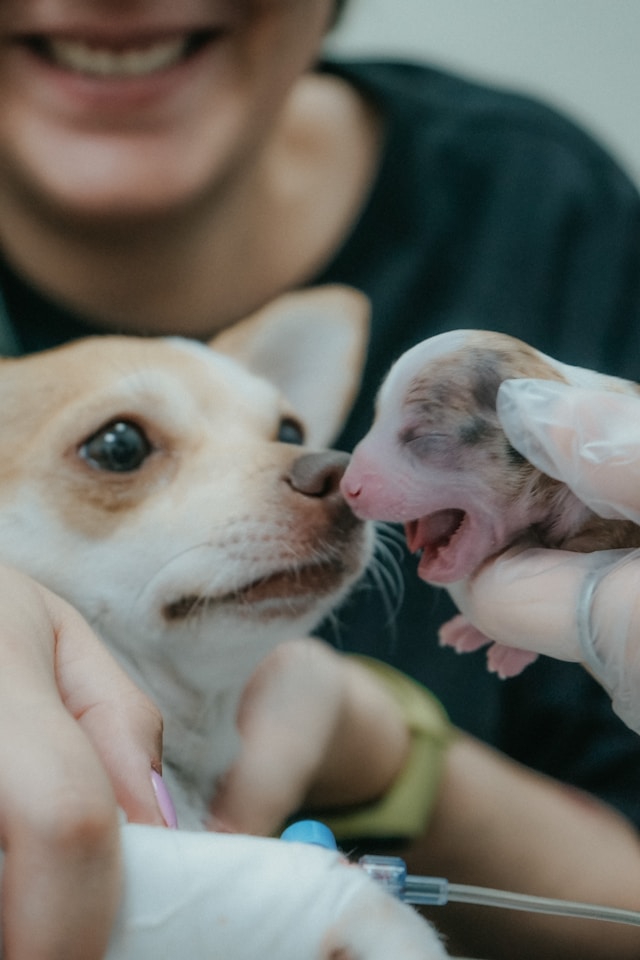Belgian Sheepdog

| Official Name | Belgian Sheepdog (Belgian Shepherd) |
| Common Name | Belgian Sheepdog (Belgian Shepherd) |
| Pet Height | 22 to 26 inches |
| Pet Weight | 45 to 75 pounds |
| Lifespan | 12 to 14 years |
| Good With | dogs, families |
| Temperament | friendly, gentle |
| Intelligence | high |
| Shedding Amount | seasonal |
| Exercise Needs | high |
| Energy Level | active |
| Vocal Level | infrequent |
| Drool Amount | low |
| Breed Group | herding |
| Breed Size | large (61-100 lbs.) |
| Coat Length | long |
| Colors | black, white |
| Patterns | bicolor |
| Other Traits | cold weather tolerant, easy to train, good hiking companion, high prey drive, strong loyalty tendencies |
Bred initially in the late 1800s in Belgium to help with herding on farms, the Belgian Sheepdog has a long history of hard work. But beyond their herding duties, they are happiest when they can be a loyal companion to their human family.
According to Colleen Demling-Riley, a dog behaviorist with Dogtopia, "The Groenendael is like a smart best friend who is always ready for the next adventure. They are high-energy working dogs and completely devoted to their families."
This breed typically weighs between 45 and 75 pounds and falls into the medium-to-large size category. Its long coat and elegant appearance are genuinely eye-catching, though they are somewhat rare in the U.S., so you may not see them often at your local dog park.
Belgian Sheepdogs are highly energetic and require more than just a short walk around the block. They need a good run or a long walk to stay happy and healthy. Their sweet and sensitive nature makes them an excellent match for active families, and they usually get along well with older children and other dogs.
Appearance
With their sleek black coat and sharp, intelligent gaze, the Belgian Sheepdog embodies the phrase "bright-eyed and bushy-tailed." These dogs are lean yet strong, with an agile build and a confident, graceful stride. Female Belgian Sheepdogs typically weigh between 45 and 60 pounds, while males are a bit larger, ranging from 55 to 75 pounds.
Their dark brown, almond-shaped eyes convey a sense of alertness and readiness for action, as noted by the Belgian Sheepdog Club of America.
This breed is well-equipped for colder climates, thanks to its dense undercoat and tougher outer coat, which is long, straight, and generally black. The coat, with a texture that falls between silky and wiry, may also feature small white patches on the chest, toes, chin, and muzzle.
"With their beautiful double-layered coat, these dogs only need to be brushed a couple of times a week," says Demling-Riley. "However, during shedding season, which happens at least once a year, be prepared for a lot of loose hair around the house. Daily brushing is a must during this time to manage the shedding."
Personality
Belgian Sheepdogs have dark brown, almond-shaped eyes that give them a look of alertness and readiness for action, as noted by the Belgian Sheepdog Club of America.
These dogs are built for colder climates, thanks to their dense undercoat and tougher outer coat, which is long, straight, and usually black. Their coats have a texture between silky and wiry, with small patches of white often appearing on their chest, toes, chin, and muzzle.
According to expert Demling-Riley, these beautiful dogs have a double-layer coat that requires brushing twice a week. However, during shedding season, which happens at least once a year, their shedding becomes intense. During this time, daily brushing is necessary to manage the loose fur that will otherwise end up all over the house.
Belgian Sheepdogs are highly intelligent and loyal, making them easy to train, says Dr. Shawna Garner, a U.S. lead veterinarian at FirstVet. However, their natural guarding instincts can sometimes make them a bit reserved. To ensure they grow up to be friendly and sociable, it's important to start socializing them as puppies.
Even though a well-trained Belgian Sheepdog can be well-behaved and friendly, their size and energy levels are better suited for households with older children rather than homes with toddlers or small kids.
Living Needs
Belgian sheepdogs are deeply devoted to their families and have plenty of energy to burn, making them better companions for outdoor adventures like hiking rather than cozying up for a Netflix marathon.
According to Demling-Riley, these dogs thrive in homes with active families who include them in daily activities.
They form strong bonds with their humans, so they don't do well being left alone for extended periods. Given their love for activity, Belgian sheepdogs need regular exercise and plenty of space to move around, notes Garner.
"This makes them ideal for households with a yard and owners who enjoy long walks," she adds.
Belgian sheepdogs love to play and interact with their people, so they do best in homes where owners can dedicate time and energy to keeping them mentally and physically engaged. Providing them with interactive toys, space to run, and lots of attention will make for a very happy dog!
While they're wonderful family pets, their size and high energy might be too much for small children. Additionally, Belgian sheepdogs can be wary of strangers, so it's important to socialize them early on. They usually get along with other dogs but may try to herd the family cat due to their natural instincts.
Care
Belgian Sheepdogs are full of energy and always ready for action. If you're considering bringing one into your home, be prepared to dedicate plenty of time to keep them active and healthy.
According to experts, these lively dogs need at least two hours of exercise every day. The saying "a tired dog is a good dog" fits perfectly with the Belgian Sheepdog, also known as the Groenendael.
Intelligent and eager to please, these dogs enjoy training sessions, especially when bonding with their owners. Positive reinforcement is critical, so keep training fun and rewarding. An animal training expert, Laura Monaco Torelli, recommends short training sessions every day—just a minute or two each time. You can even use part of their meals as a reward during these sessions. After training, place the rest of their food in puzzle toys to keep them entertained and mentally stimulated.
Since these dogs are so intelligent, they'll quickly master puzzle toys and other challenges!
When it comes to exercise, make sure your dog is fit for the activity. Check with a vet before engaging in longer walks or more intense exercise like running for puppies and older dogs. Training can be part of a balanced routine that includes healthy, non-exhaustive playtime.
Grooming a Belgian Sheepdog is relatively easy. They need brushing a couple of times a week, though daily brushing is best during shedding season. Regular nail trims, ear cleanings, and teeth brushing should also be part of their care routine.
Health
The Belgian Sheepdog is a lively and active breed, but like all dogs, they can face certain health challenges.
One common issue is hip and elbow dysplasia, which can affect mobility. It's essential for them to have their joints checked regularly to keep them moving comfortably.
Another concern is cataracts. If you notice your dog's eyes becoming cloudy or their vision worsening, it's a good idea to consult your vet.
Maintaining a healthy weight is also crucial for Belgian Sheepdogs. If they aren't fed properly or don't get enough exercise, they can become overweight, which can lead to problems like diabetes, a weakened immune system, pancreatitis, and high blood pressure. Sometimes, difficulty managing weight can be linked to thyroid issues, so if you're worried about your dog's weight, it's best to get advice from a veterinarian.
Exercise Requirements
Belgian Sheepdogs are energetic working dogs that need plenty of exercise to stay healthy and happy. Even as puppies, they benefit from outdoor playtime, and by the time they're about 4 months old, they should be taken out for a walk of at least half a mile each day, along with some outdoor play.
As they grow and reach about a year old, you must increase their daily walks to at least a mile. These dogs often love activities like agility training or playing frisbee. Taking them to a local dog park to run around and play with other dogs is also a great way to keep them active and entertained.
Training
Training a Belgian Sheepdog begins with building trust. These dogs are incredibly smart and capable of learning a wide range of commands, but their independent nature means they won't fully engage if they sense any harshness or aggression.
Like most dogs, Belgian Shepherds thrive on positive reinforcement. If you lose your patience or act harshly, they will likely withdraw and lose interest. However, if you approach their training with support and encouragement, they'll view it as a fun game they get to play with you, and they'll be eager to participate and learn.
History
The Belgian Sheepdog's roots go back to the late 19th century when they were essential helpers in herding on Belgian farms. Their intelligence and strong work ethic quickly made them valuable in other roles.
By the early 20th century, these dogs were serving on police forces not just in Belgium but also in cities like Paris, New York, and Newark, N.J. They were also employed by European border patrols as reliable watchdogs. During the World Wars, Belgian Sheepdogs played crucial roles as messengers, Red Cross dogs, and defense dogs. As part of the Red Cross, they bravely carried medical supplies and water to wounded soldiers and guided medics to those who were unconscious.
Today, Belgian Sheepdogs continue to demonstrate their skills, often serving on search and rescue teams, where their dedication and intelligence are still highly valued.
Fun Facts
Belgian shepherd dogs were first recognized in the 1890s and come in four distinct types: the Belgian Sheepdog (also known as the Groenendael), Belgian Malinois, Tervuren, and Laekenois. While these breeds are anatomically the same, their coats differ in texture, color, and length.
The name "Groenendael" comes from a Belgian village where these dogs were originally bred. In the late 1800s, Belgium chose the Belgian shepherd as its national herding dog. Interestingly, these dogs are even mentioned in Julius Caesar's "The Gallic Wars," according to Peggy Richter, an AKC judge who specializes in herding breeds.
Get insurance plans with wide-ranging coverage options













